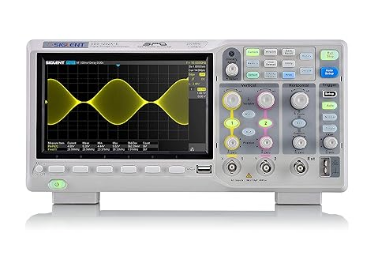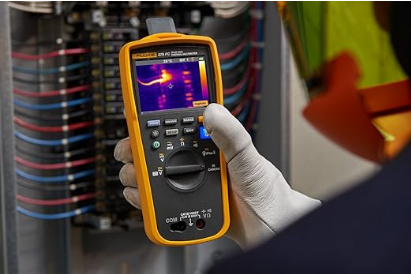Introduction
SPICE simulation, also known as Simulation Program with Integrated Circuit Emphasis, is a powerful tool used in electronic design automation (EDA) for simulating and analyzing the behavior of analog and digital circuits. Developed at the University of California, Berkeley, in the 1970s, SPICE simulation has become an industry-standard tool for electronic circuit analysis, design, and optimization.
Predicting Circuit Behavior
The primary purpose of SPICE simulation is to predict the behavior of an electronic circuit before its physical implementation. This is achieved by creating a mathematical model of the circuit, which is then analyzed using SPICE software. The software uses numerical methods to solve a set of differential equations that describe the circuit’s behavior, given a set of input parameters.
The input parameters may include the values of resistors, capacitors, inductors, transistors, and other components in the circuit. By varying these input parameters, SPICE simulation can provide insight into how the circuit will behave under different conditions. For example, SPICE simulation can be used to analyze the frequency response of a filter circuit or the transient response of a power supply.
SPICE simulation is especially useful for designing and testing complex circuits that are difficult to analyze by hand. By simulating the circuit, designers can detect problems and optimize performance before building the physical circuit. This saves time and reduces the risk of costly mistakes.
Advantages of SPICE Simulation
One of the advantages of SPICE simulation is that it can simulate circuits with a large number of components. This is important for complex circuits such as microprocessors, which contain millions of transistors. SPICE simulation can also simulate circuits with non-linear components, which can be difficult to analyze by hand.
Another advantage of SPICE simulation is that it can predict the behavior of a circuit over a wide range of operating conditions. This includes temperature, voltage, and component tolerances. By simulating the circuit under different conditions, designers can ensure that it will operate correctly over its expected operating range.
Limitations of SPICE Simulation
SPICE simulation is not without its limitations, however. One of the main challenges is creating an accurate model of the circuit. This requires knowledge of the behavior of each component in the circuit and how they interact with each other. In some cases, this information may not be available, or the model may be too complex to simulate in a reasonable amount of time.
Another limitation is that it does not take into account the physical layout of the circuit. This can be important for high-frequency circuits, where the physical layout of the components can affect the circuit’s performance. To address this, some SPICE simulators incorporate electromagnetic simulation tools that can simulate the physical layout of the circuit.
SPICE Simulator Options
Despite its limitations, SPICE algorithm remains an essential tool for electronic circuit design and analysis. It has been used in the design of countless electronic devices, from cell phones and computers to medical equipment and satellites. With the continuing advancement of technology, the demand for accurate and reliable circuit simulation tools will only increase.
There are several different SPICE simulators available, both commercial and open-source. Some of the most popular commercial SPICE simulators include Cadence PSpice, LTSpice, and Synopsys HSPICE. Open-source SPICE simulators include Ngspice and Xyce. Each of these simulators has its own strengths and weaknesses, and the choice of simulator will depend on the specific requirements of the design.
Conclusion
In conclusion, SPICE software is a powerful tool for electronic circuit design and analysis. It allows designers to predict the behavior of a circuit before its physical implementation, saving time and reducing the risk of costly mistakes. While it has its limitations, electronics simulation remains an essential tool for electronic design automation and will continue to play a vital role in the development of new electronic devices.
In the following pages, you can find important resources for SPICE-based design, such as libraries of electronic component models and the most widely used simulation software, both in commercial and freely downloadable domains.
Explore the various SPICE model libraries provided by different companies, offering a wide range of electronic component models to enhance your simulations.
Discover a comprehensive list of both commercial and free SPICE simulation software, along with their strengths and weaknesses, to find the best fit for your specific design requirements.



